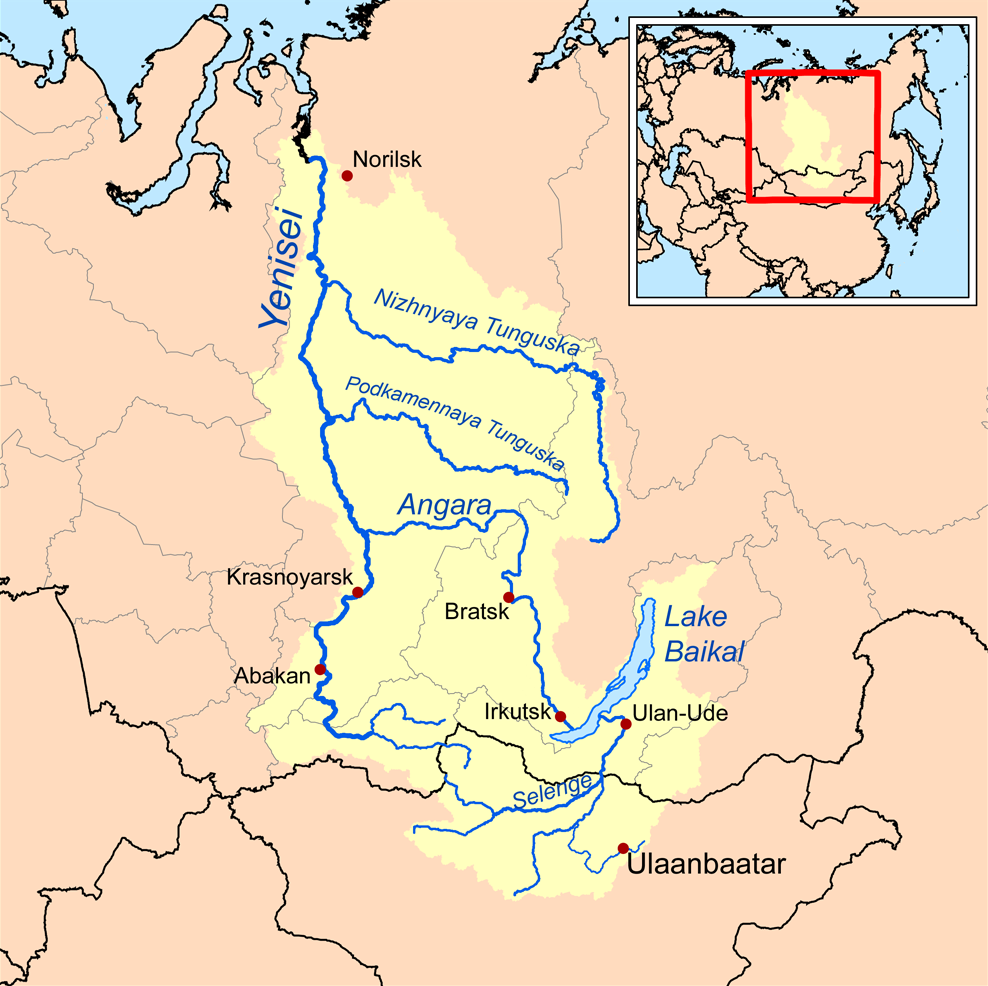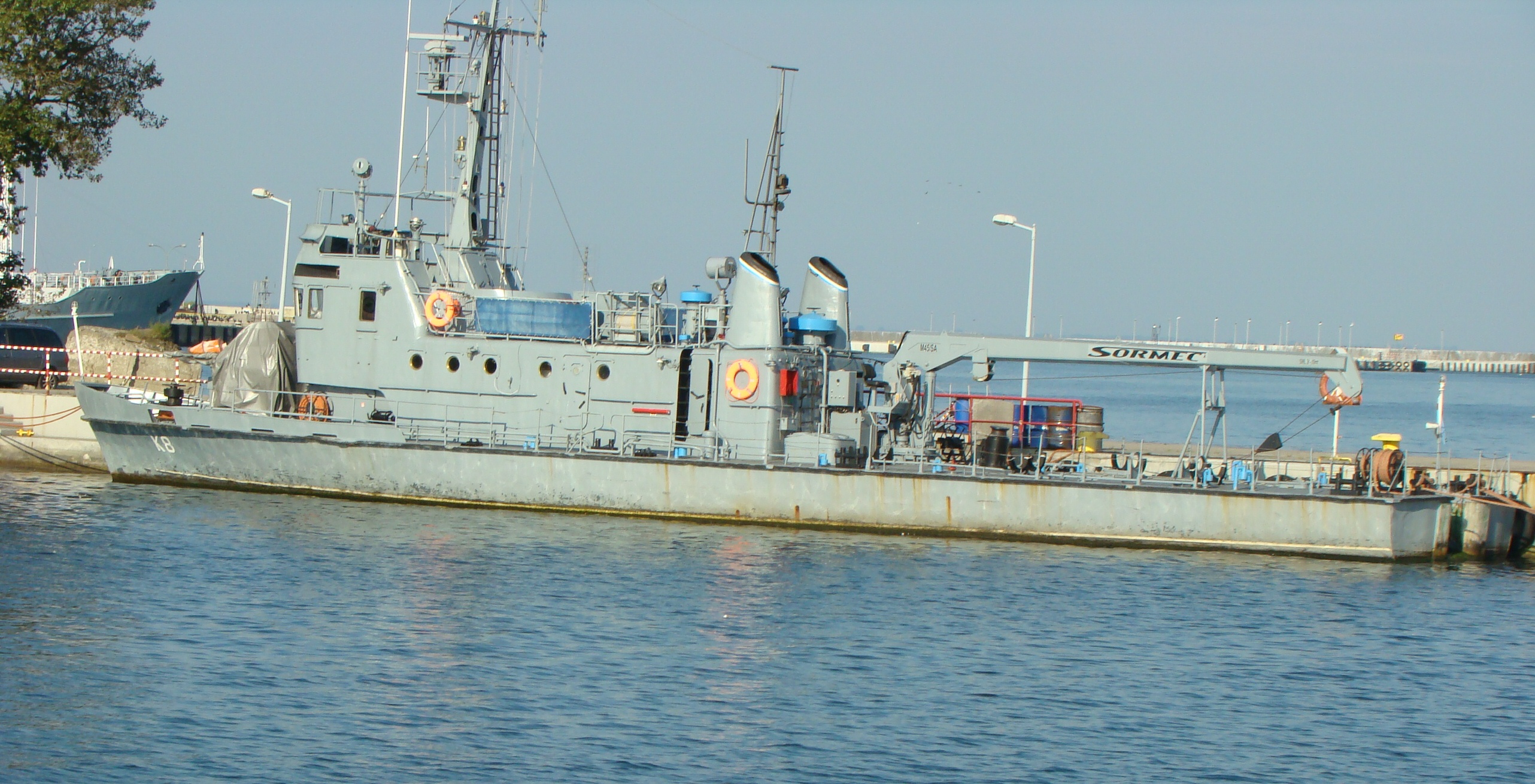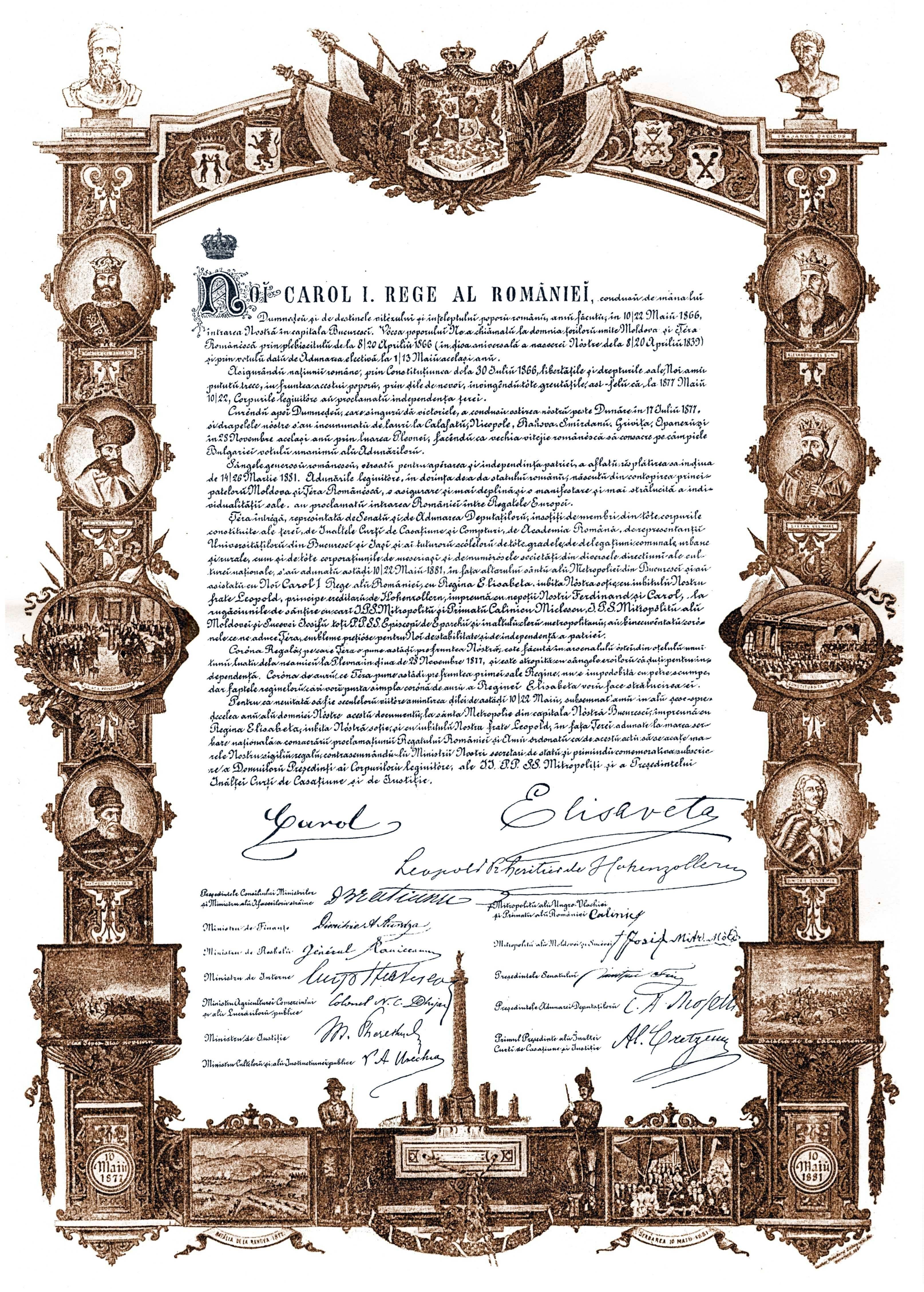|
Czechoslovak Naval Forces
The Czechoslovak Naval Forces (''Československé válečné loďstvo'') were the naval arm of the former Czechoslovak state. Czechoslovakia being landlocked and with no large rivers flowing through it (the Danube formed a small part of its border), its naval forces were small and consisted only of riverine craft operating on the Danube (and briefly on the upper Elbe). Czechoslovak Legion The Czechoslovak Legion in the Russian Far East possessed in 1918 a maritime section of two steamers and an icebreaker, based at Vladivostok, which were used for transport. Later that same year the Legion seized two steamers on Lake Baikal, which were armed with howitzers. Engaging with the Red Army based on the port of Mysovaya, Legion naval forces sank the icebreaker ''Baikal''. By 1920, though, the Legion was finished as a military force in Russia. First Republic At first, the First Czechoslovak Republic operated river craft inherited from the Austro-Hungarian Empire. From 1919 until 1921 the ... [...More Info...] [...Related Items...] OR: [Wikipedia] [Google] [Baidu] |
Brown-water Navy
A brown-water navy or riverine navy, in the broadest sense, is a naval force capable of military operations in inland waters (rivers, lakes and inland seas) and nearshores. The term originated in the United States Navy during the American Civil War, when it referred to Union forces patrolling the muddy Mississippi River, among others, and has since been used to describe the small gunboats and patrol boats commonly used in rivers, along with the larger "mother ships" that supported them, which include converted World War II-era mechanized landing craft and tank landing ships, among other vessels. Brown-water navies are typically only used for patrolling and enforcing internal waters, in contrasted with seaworthy blue-water navies, which can independently conduct operations in the open oceans and project power far offshore. Green-water navies, which operate mainly in brackish estuaries, bays and shallow seas not too far off coasts (typically within the bounds of exc ... [...More Info...] [...Related Items...] OR: [Wikipedia] [Google] [Baidu] |
Lake Baikal
Lake Baikal is a rift lake and the deepest lake in the world. It is situated in southern Siberia, Russia between the Federal subjects of Russia, federal subjects of Irkutsk Oblast, Irkutsk Oblasts of Russia, Oblast to the northwest and the Republic of Buryatia to the southeast. At —slightly larger than Belgium—Lake Baikal is the world's List of lakes by area, seventh-largest lake by surface area, as well as the second largest lake in Eurasia after the Caspian Sea. However, because it is also the List of lakes by depth, deepest lake, with a maximum depth of , Lake Baikal is the world's List of lakes by volume, largest freshwater lake by volume, containing of water or 22–23% of the world's fresh surface water, more than all of the North American Great Lakes combined. It is also the world's ancient lake, oldest lake at 25–30 million years, and among the clearest. It is estimated that the lake contains around 19% of the unfrozen fresh water on the planet. Lake Baikal ... [...More Info...] [...Related Items...] OR: [Wikipedia] [Google] [Baidu] |
Torpedo Trials Craft
Torpedo trials craft are primarily naval auxiliaries used by navies for the development of new naval torpedoes and during practise firings. These craft are designed to track and monitor the torpedo and to be able to locate and retrieve the spent torpedo for analysis, and refurbishment for reuse. Torpedo trials craft had their greatest use during the years around World War II when the torpedo was the primary anti-ship weapon of submarines, destroyers and naval aircraft. Modern navies will usually not have ships dedicated to this one role, but have multirole underwater support vessels, which can undertake a variety of similar underwater roles, such as development and retrieval of naval mines, and remotely operated underwater vehicle and diver support. A non naval example of such craft were the "Long Range Recovery and Support Craft" of the Royal Air Force which were used to retrieve aerial torpedoes used during training. Even if a spent torpedo is of no further use, its recovery ... [...More Info...] [...Related Items...] OR: [Wikipedia] [Google] [Baidu] |
Austro-Hungarian Navy
The Austro-Hungarian Navy or Imperial and Royal War Navy (, in short ''k.u.k. Kriegsmarine'', ) was the navy, naval force of Austria-Hungary. Ships of the Austro-Hungarian Navy were designated ''SMS'', for ''Seiner Majestät Schiff'' (His Majesty's Ship). The k.u.k. Kriegsmarine came into being after the formation of Austria-Hungary in 1867, and ceased to exist in 1918 upon the Empire's defeat and subsequent collapse at the end of World War I. Before 1867, the Imperial Austrian Navy or simply the Austrian Navy, saw action in the French Revolutionary Wars, the Napoleonic Wars, the Austrian expedition against Morocco (1829), the Second Egyptian–Ottoman War, the First Italian War of Independence, First and Second Italian War of Independence, Second Italian unification, Wars of Italian Independence, the Second Schleswig War, and the Third War of Italian Independence. Following Austria's defeat by Prussia and Italy during the Seven Weeks' War, the Austrian Empire Austro-Hungarian C ... [...More Info...] [...Related Items...] OR: [Wikipedia] [Google] [Baidu] |
Kingdom Of Hungary (1920–1946)
The Kingdom of Hungary referred to retrospectively as the Regency and the Horthy era, existed as a country from 1920 to 1946 under the rule of Miklós Horthy, Regent of Hungary, who officially represented the Holy Crown of Hungary, Hungarian monarchy. In reality there was no king, and attempts by Charles I of Austria, King Charles IV to return to the throne shortly before his death were Charles IV of Hungary's attempts to retake the throne, prevented by Horthy. Hungary under Horthy was characterized by its Conservatism, conservative, Nationalism, nationalist, and fiercely Anti-communism, anti-communist character; some historians have described this system as Para-fascism, para-fascist. The government was based on an unstable alliance of conservatives and right-wingers. Foreign policy was characterized by revisionism—the total or partial revision of the Treaty of Trianon, which had seen Hungary lose over 70% of its Kingdom of Hungary, historic territory along with over three mil ... [...More Info...] [...Related Items...] OR: [Wikipedia] [Google] [Baidu] |
Kingdom Of Romania
The Kingdom of Romania () was a constitutional monarchy that existed from with the crowning of prince Karl of Hohenzollern-Sigmaringen as King of Romania, King Carol I of Romania, Carol I (thus beginning the Romanian royal family), until 1947 with the abdication of King Michael I of Romania, Michael I and the Romanian parliament's proclamation of the Socialist Republic of Romania, Romanian People's Republic. From 1859 to 1877, Romania evolved from a personal union of two Principality, principalities: (Moldavia and Wallachia) called the Unification of Moldavia and Wallachia also known as "The Little Union" under a single prince to an autonomous principality with a House of Hohenzollern, Hohenzollern monarchy. The country gained its independence from the Ottoman Empire during the Russo-Turkish War (1877–1878), 1877–1878 Russo-Turkish War (known locally as the Romanian War of Independence), after which it was forced to cede the southern part of Bessarabia in exchange for Northern ... [...More Info...] [...Related Items...] OR: [Wikipedia] [Google] [Baidu] |
Kingdom Of Yugoslavia
The Kingdom of Yugoslavia was a country in Southeast Europe, Southeast and Central Europe that existed from 1918 until 1941. From 1918 to 1929, it was officially called the Kingdom of Serbs, Croats, and Slovenes, but the term "Yugoslavia" () has been its colloquial name as early as 1922 due to its origins. "Kraljevina Jugoslavija! Novi naziv naše države. No, mi smo itak med seboj vedno dejali Jugoslavija, četudi je bilo na vseh uradnih listih Kraljevina Srbov, Hrvatov in Slovencev. In tudi drugi narodi, kakor Nemci in Francozi, so pisali že prej v svojih listih mnogo o Jugoslaviji. 3. oktobra, ko je kralj Aleksander podpisal "Zakon o nazivu in razdelitvi kraljevine na upravna območja", pa je bil naslov kraljevine Srbov, Hrvatov in Slovencev za vedno izbrisan." (Naš rod ("Our Generation", a monthly Slovene language periodical), Ljubljana 1929/30, št. 1, str. 22, letnik I.) The official name of the state was changed to "Kingdom of Yugoslavia" by King Alexander I of Yugosla ... [...More Info...] [...Related Items...] OR: [Wikipedia] [Google] [Baidu] |
President Masaryk (monitor)
''President Masaryk'' was a river monitor of the First Czechoslovak Republic, serving from 1932 until the dissolution of the republic in 1939. With four guns in two twin turrets, it was that nation's most powerful warship of the 1930s and flagship of the Czechoslovakian river flotilla. After the German occupation, the ship was taken into the German army under the name ''Bechelaren'' and fought against the Soviets. It was scrapped in 1978. Service in Czechoslovakia In the 1920s, the Czechoslovakian naval forces operated river craft inherited from the Austro-Hungarian Empire. These being obsolescent, in the late 1920s plans were made to build two new large river patrol craft. Only one of these, ''President Masaryk'', was built. The design of ''President Masaryk'' was based on the Austrian monitor ''Catfish'' (). It was designed at the Škoda Works and built at the Škoda shipyard in Komárno. The flat-bottomed hull was divided into 15 watertight compartments. Various Czechoslov ... [...More Info...] [...Related Items...] OR: [Wikipedia] [Google] [Baidu] |
River Monitor
River monitors are military craft designed to patrol rivers. They are normally the largest of all riverine warships in river flotillas, and mount the heaviest weapons. The name originated from the US Navy's , which made her first appearance in the American Civil War, and being distinguished by the use of revolving gun turrets, which were particularly useful in rivers, whose narrow channels could severely limit the directions vessels could face. River monitors were used on inland waterways such as rivers, estuaries, deltas and lakes. Usually they had a shallow draft which was necessary for them to be able to operate in enclosed waters; but their displacement, size and draft varied depending on where they were used. Most river monitors were lightly armored although this varied, with some carrying more armor. Exceptional examples, however, most notably the Royal Navy's s, which could operate in coastal or certain riparian/estuarine situations, bore extra-thick armor plating and he ... [...More Info...] [...Related Items...] OR: [Wikipedia] [Google] [Baidu] |
First Czechoslovak Republic
The First Czechoslovak Republic, often colloquially referred to as the First Republic, was the first Czechoslovakia, Czechoslovak state that existed from 1918 to 1938, a union of ethnic Czechs and Slovaks. The country was commonly called Czechoslovakia a compound of ''Czech'' and ''Slovak''; which gradually became the most widely used name for its successor states. It was composed of former territories of Austria-Hungary, inheriting different systems of administration from the formerly Cisleithania, Austrian (Bohemia, Moravia, a small part of Silesia) and Kingdom of Hungary, Hungarian territories (mostly Upper Hungary and Carpathian Ruthenia). After 1933, Czechoslovakia remained the only ''de facto'' functioning democracy in Central Europe, organized as a parliamentary republic. Under pressure from Germans in Czechoslovakia, its Sudeten German minority, supported by neighbouring Nazi Germany, Czechoslovakia was forced to cede its Sudetenland region to Germany on 1 October 1938 as ... [...More Info...] [...Related Items...] OR: [Wikipedia] [Google] [Baidu] |





